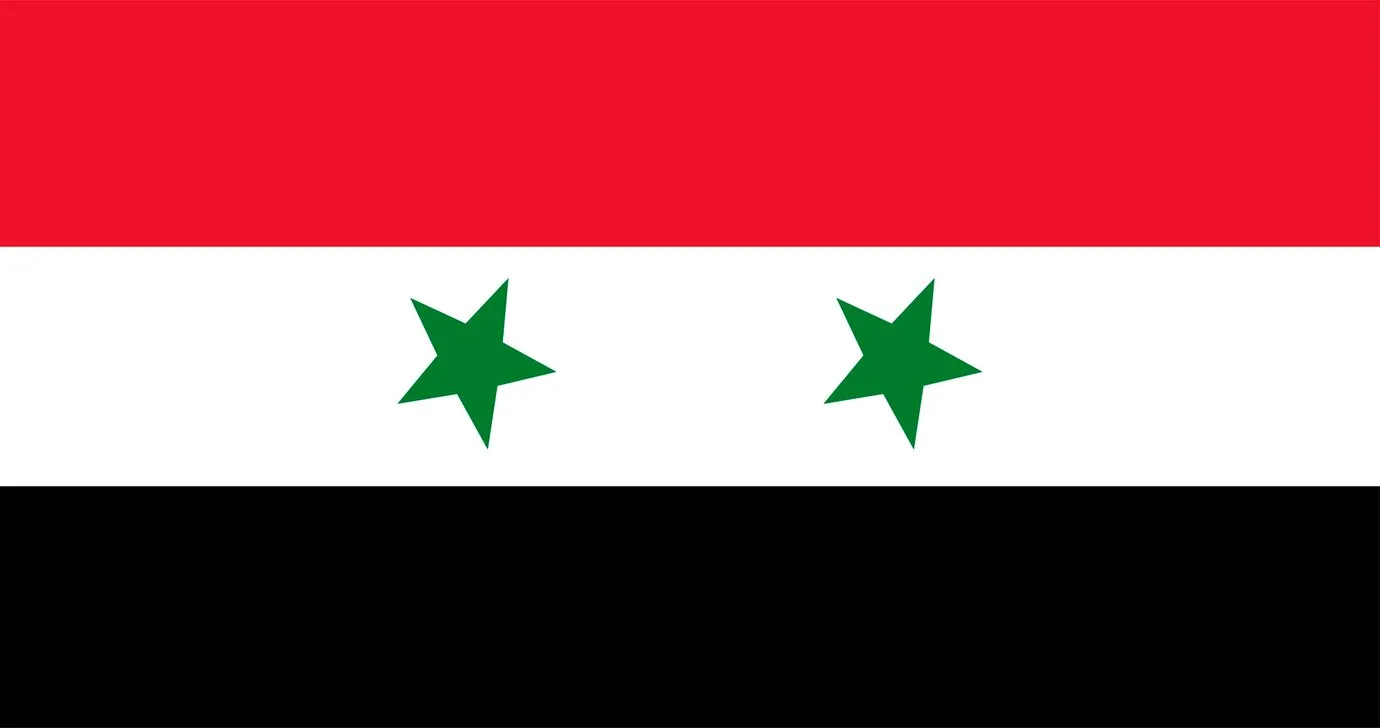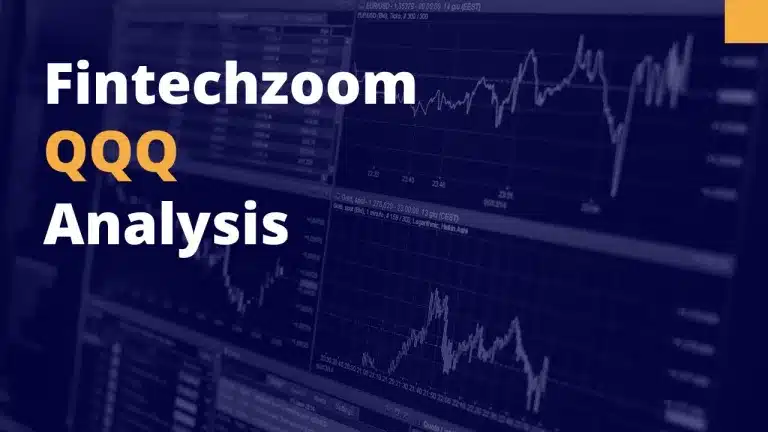Waving into the Future: Technology’s Impact on Flag Design and Production
The design and production of national flags have always been a process steeped in tradition and symbolism.
However, with the advent of modern technology, this process has undergone a significant transformation. Today, technological innovations are not only refining how flags are made but also revolutionizing the very fabric of these important symbols.
Advances in Design Software
The initial stage of flag production—design—has been profoundly impacted by digital technologies. Design software allows for precise and complex graphics, ensuring that even the most intricate emblems and patterns are reproduced accurately and consistently.
This software has become indispensable in the flag-making industry, offering designers the tools to experiment with color variations and layout changes effortlessly.
- Vector Graphics Software: Tools like Adobe Illustrator and CorelDRAW enable designers to create detailed and scalable flag designs, which are essential for ensuring clarity and integrity at any size.
- Color Matching Systems: Advanced software helps in achieving exact color specifications, crucial for flags like the syrien flagga, where color accuracy represents historical and cultural significance.
Innovations in Manufacturing Technology
Once a flag design is finalized, the next step is its production. Here, technology plays a crucial role in enhancing the quality and efficiency of manufacturing:
Digital Printing
Digital printing technology has revolutionized flag production by allowing for:
- Rapid Prototyping: Quick turnaround times for producing flag samples.
- Customization: Easier customization of flags for special events without the need for large minimum orders.
- Color Precision: High fidelity in color reproduction, crucial for national flags where specific colors carry deep meanings.
New Materials
Technological advancements have also introduced new materials into flag production that offer enhanced durability and color retention:
- Polyester Variants: These materials are favored for their strength and fade resistance, ideal for flags that will be flown outdoors.
- Nanomaterials: Some manufacturers are exploring the use of nanotechnology to create flags that can clean themselves or even change colors under certain conditions.
Sustainability in Flag Production
With a growing emphasis on environmental conservation, technology also aids in making flag production more sustainable:
- Eco-Friendly Inks: The use of water-based inks and dyes that are less harmful to the environment.
- Recycling Processes: Techniques that allow for the recycling of old flags into new products.
Table of Technological Integration in Flag Production
The table below highlights how different countries have adopted technologies in flag production processes:
| Country | Digital Design | Digital Printing | Sustainable Materials |
| United States | Widely Adopted | Widely Adopted | Emerging |
| Sweden | Widely Adopted | Widely Adopted | Established |
| Japan | Established | Established | Widely Adopted |
| Brazil | Moderately Used | Emerging | Moderately Used |
This overview indicates the varying levels of technological adoption and highlights a global trend towards more technologically advanced flag production methods.
Conclusion
The role of technology in flag design and production signifies more than just an enhancement of methods; it represents a shift towards greater precision, efficiency, and sustainability.
As nations like Syria take pride in their national symbols, ensuring the syrien flagga maintains its dignity and historical accuracy through these technologies is paramount. This evolution not only preserves the cultural significance of flags but also aligns their production with modern values and practices.







